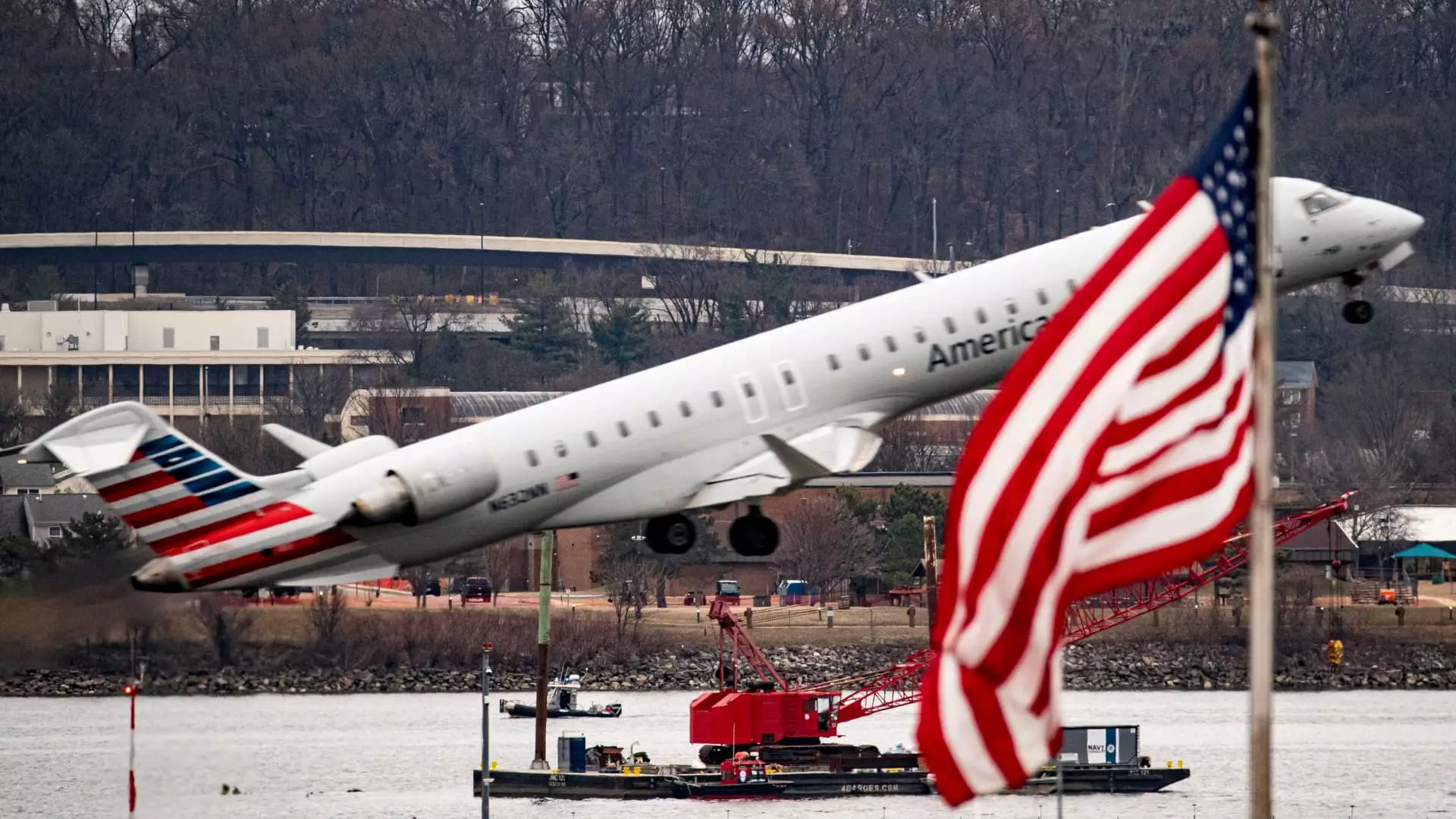In the wake of a tragic helicopter collision in Washington, D.C., U.S. Transportation Secretary Sean Duffy has initiated an urgent conversation about airspace management in the United States. His recent discussion with Elon Musk, the renowned CEO of SpaceX and advisor in the Trump administration, highlights a vital and often overlooked intersection of technological innovation and public safety. The crash, which resulted in the deaths of 67 individuals, including those aboard an American Airlines flight and military personnel, has sparked a critical reassessment of air traffic control systems and operational protocols within congested airspace.
The ramifications of the deadly crash extend far beyond the immediate loss of life; this incident marks a significant turning point in how airspace management is perceived and implemented in the U.S. Historically, air traffic is coordinated by a web of regulations and practices, but many have argued that these have not kept pace with the advancements in technology or the increasing complexity of air travel. The fact that a single air traffic controller was managing both commercial and military aircraft during such critical landings raises serious questions about operational efficiency and safety standards.
Duffy’s remarks concerning the desperate need for reform suggest a willingness to reevaluate existing policies that may contribute to systemic shortcomings in air traffic management. This openness to scrutiny is essential for deriving effective solutions that prioritize not just technological advancement, but above all, public safety.
Embracing Innovation to Save Lives
Elon Musk, known for his forward-thinking approaches, emerged as a critical consultative figure during discussions of airspace reform. He represents a nexus between ground-breaking technology and government operations. Duffy noted Musk’s access to elite technical resources and engineers, which could potentially spearhead innovations in air traffic control systems. By integrating advanced technologies, including artificial intelligence and data analytics, government officials could enhance situational awareness, optimizing how air traffic is monitored and directed.
However, the emphasis on innovation should not eclipse the necessary regulatory frameworks that ensure safety measures are put in place. As Duffy elaborated, attention must be given to the protocols followed by air traffic control and military operations, particularly regarding nighttime training missions in crowded urban environments. These deliberations could lead to changes that prioritize civilian safety over convenience for military operations.
The Need for Legislative Support
Repeated calls from airline executives to modernize air traffic systems echo the increasing industry-wide consensus on the necessity of better infrastructure and more personnel. The persistent shortage of qualified air traffic controllers remains a pressing concern, as inefficient staffing exacerbates the challenges in managing both commercial and military air traffic.
As the National Transportation Safety Board (NTSB) continues its investigation into the collision, it highlights the importance of collaboration between various sectors—military, commercial aviation, and regulatory bodies. It is essential for legislators at all levels to support initiatives and funding boosts that aim at chronicling and resolving the infrastructural gaps exposed by the recent calamity.
Moving forward, Duffy’s comments on reconsidering policies that allow military personnel to traverse the airspace suggest a crucial need for accountability—especially when it comes to security protocols that may inadvertently place civilian lives at risk. He stressed the absurdity of convenience in helicopter travel for high-ranking officials, emphasizing that “driving in a Suburban” should be the standard practice when appropriate.
Such an attitude is instrumental in fostering a culture of accountability and precaution, which should be intrinsic to any effective airspace management strategy. Ensuring that protocols prioritize civilian safety exemplifies the ethical responsibility that government and military officials have towards the public they serve.
The recent airspace tragedy serves as a grim reminder of the vulnerabilities that exist within the current air traffic management system. As secretaries and technologists, like Sean Duffy and Elon Musk, engage in discourses aimed at reforming and modernizing the airspace, it becomes imperative to balance the twin goals of innovation and public safety. Comprehensive reforms that prioritize rigorous policies, technological advancements, and legislative support can lead to a future where air travel in crowded spaces is not only efficient but, more importantly, safe for all.

